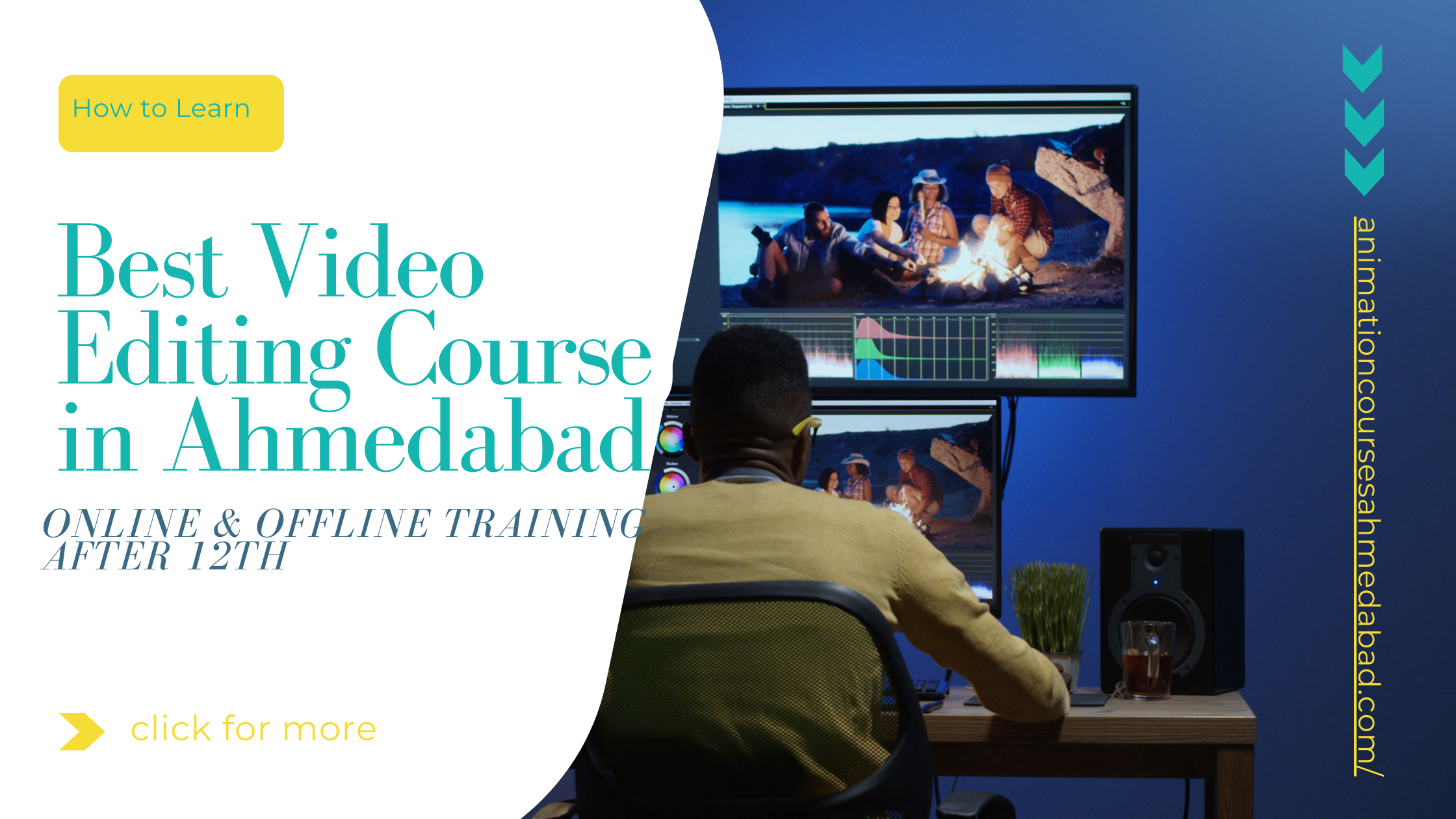
How To Become an Animation designer - The Complete Guide!
Are you an aspiring animator? Do you want to be one of the many who rise to the top as an Animation Designer?
Well, this article is for you!
Animation design is a fast-growing industry, and more and more people are discovering their potential as designers every day.
Follow this detailed guide, and you'll learn everything you need to know to become an Animation designer.
What is animation design?
Animation design is the process of creating visual effects, such as greenscreen and digital backgrounds, in film, television, and digital video games. This work requires an understanding of visual effects, computer graphics, 3D modeling, and video game design.
It also requires experience in other areas of visual arts, such as photography, or in business management, or production.
Video games are different from other forms of media in that the level of detail, the amount of field-effect noise generated, and the artistic license taken with the design of the background and visual effects often result in games whose visuals are far more complex and detailed than those in other forms of media.
This is why video game backgrounds and visual effects are one of the fastest growing areas of the visual effects industry.
How To Become an Animation designer In 2022
Define Your Passion and Goal
Before you can pursue a career as an Animation designer, you must first decide what type of passion you have for design.
- Do you love to draw?
- Do you love to create?
If you answered yes to any of these questions, then animation design is for you. If you don’t know your passion yet, don’t worry!
It’s not too late to change your mind. Thousands of people change their minds about something they had previously loved after they’ve experienced it themselves. You can too!
Learn the Basics
Animation design is not all about creating the most intricate and beautiful backgrounds and visual effects.
Part of the job is learning the ins and outs of video game development, as well as 3D modeling, computer graphics, and other areas that are essential to becoming an expert.
The best way to learn these skills is to work on real-world projects. On online or virtual training, you won’t get the same feeling that you do working on a live project. You’ll be dealing with different teams, people, and systems every time you apply skills you’ve just learned.
On a live project, you’ll get a feel for how everything works together and will probably make mistakes that you’ll have to live with.
On a real-world project, you’ll learn by making mistakes, which is much easier to bear.
If you want to learn practical knowledge, get hands-on experience, and live industry insights then you can check out Kshitij Vivan's animation course here.
Build a Skillset
Once you’ve chosen a field or application of visual effects, you’ll need to determine your core competencies.
- What skills do you need to get started as an Animation Designer?
This will help you determine where your strengths lie, and where you need to focus your efforts.
To be an expert in any field, you must know a variety of skills. In the animation industry, that's what the term "skillset" means.
A skillset is the set of skills you must possess to excel in a particular field. In the animation industry, the term "skills" is broader than it usually is in the general population.
Here, it refers to a specific body of knowledge and ability needed to become a successful animation designer.
If you're a software engineer, you won't be an expert in visual effects if you don't know how to use a 3D model, a computer, and a tool like 3ds Max.
Likewise, an animator who knows nothing about 3D modeling will probably struggle to join a team as an expert in the field.
Even though becoming an expert in one's field is highly individualized and varies from person to person, there are some general skills that everyone needs to succeed in this industry.
Different ways of becoming an Animation Designer
Traditional Animation
Traditional animation is what most people think of when they think of animation.
It's the product of traditional animation techniques such as block-building, figure-of-merged blobs, and fluid animations.
It uses traditional tools, such as a model, a script, and a storyboard. It's also known as "conventional" or "old-fashioned" animation, as opposed to computer-generated animation.
Traditional animation isn't always easy to learn, but it's fundamental to the creation of some of the most iconic and memorable visual effects in film and television.
Computer Animation
Computer animation is used when you don't have access to 3D models, videos, or written stories.
It uses Animation tools like 3ds Max or Autodesk Maya to model and texture the environments, as well as create keyframed animations. It is much easier to create than traditional animation, but you won't be skilled enough to make the types of complex background designs found in feature films.
Computer animation is used when you don't have access to 3D models, videos, or written stories. It uses a tool like 3ds Max or Autodesk Maya to model and texture the environments, as well as create keyframed animations. It is much easier to create than traditional animation, but you won't be skilled enough to make the types of complex background designs found in feature films.
Animation and visual effects jobs - what's next?
If traditional animation is too constricting for your artistic style, or you've been looking for a more visual way to tackle your project, computer animation may be the right solution.
With the technology available today, it's easy to create computer-generated visual effects without the need for any traditional skills.
And with the growing popularity of digital video, there are more opportunities to work in this field than ever before.
The work is in the same general area as traditional animation, with some unique challenges that digital artists face.
Arranging an audition
You'll need to research your target market and find out what types of projects they're interested in.
Before you begin looking for work, study your market to find out what types of work would suit you well.
Even though you want to make a name for yourself as an animation designer, you don't have to specialize in only one type of work.
You can learn enough in one year to specialize in all three areas!
How to become an artist in the voice-over business
There are many different avenues you can take in the voice-over industry. You can become a hobbyist, a pro, or something in between.
The best way to start is to find an interest in music or languages, and then apply that knowledge in a variety of different fields.
It doesn't matter what type of work you're interested in, as long as you have a diverse skill-set and are willing to learn.
Working as a freelancer - essential skills to have
As a freelancer in the voice-over business, you'll never be able to fully immerse yourself in a project.
You'll always be searching for work, and will probably never have the luxury of being completely unemployed.
You'll need to be willing to do whatever is necessary to get a job and be flexible enough to work on a freelance basis from time to time.
And as a freelancer, you won't be able to hold a full-time job and will probably have to accept a reduced income.
You'll also have to find a way to make a living without relying on your voiceover work alone, so you'll need to find other forms of income.
Conclusion
An Animation designer can specialize in the creation of visual effects, such as greenscreen, digital backgrounds, and motion capture, for film, television, and digital video games.
This is a fast-growing industry, and more and more people are discovering their potential as designers every day.
Follow this detailed guide, and you'll learn everything you need to know to become an Animation designer.



